Don't wanna be here? Send us removal request.
Text
Yes, All Men
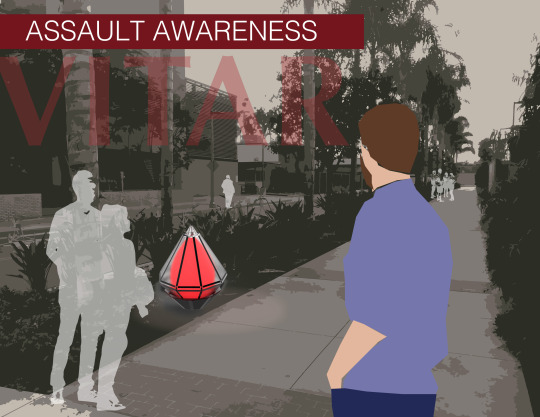
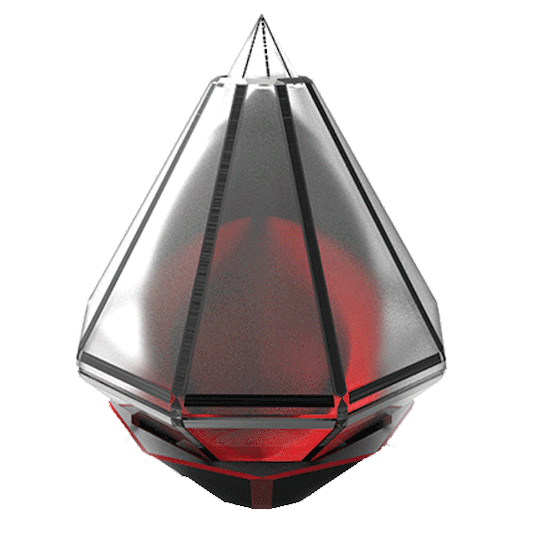
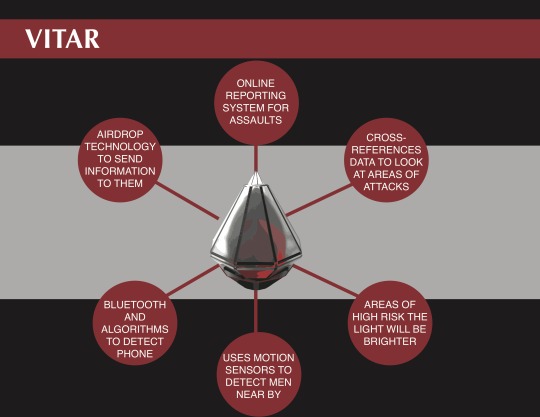
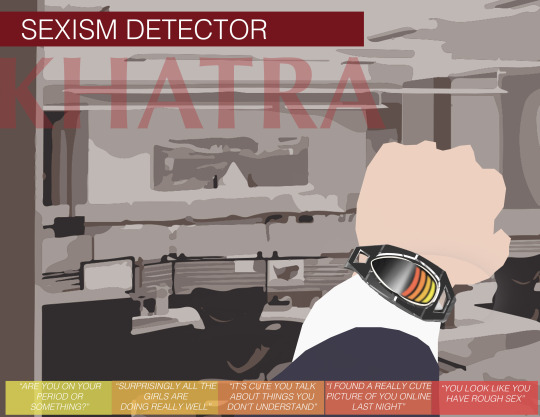
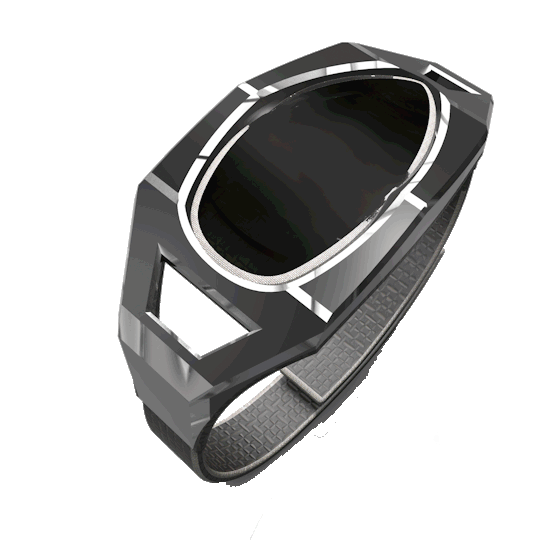
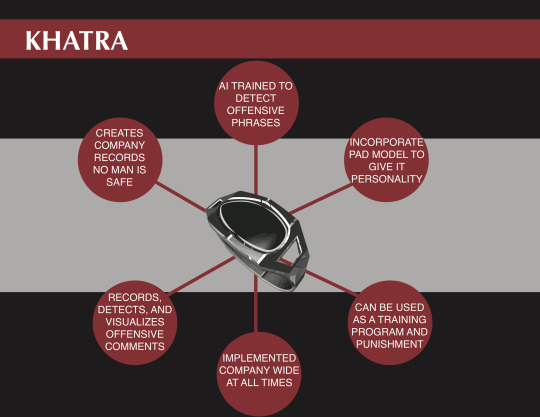
While our society has advanced greatly, issues of sexual harassment and assault deeply saturate our environment. There is a clear problem that is rarely dealt with effectively and even with all the developments in technologies, there are still very few devices and systems that truly address the issue. If you know more than six women, one of them has suffered, is suffering, or will suffer from sexual assault. This is unacceptable. After closer examination of the problem, it became clear that by placing the responsibility on women to deal with this issue is itself the problem itself. We need to tackle this as a men’s issue.
VITAR and KHATRA are devices that target men in different ways. One is passive and is meant to create empathy and the other is aggressive and meant to be invasive.
VITAR is an on campus lighting system which uses geo-tagging from a campus website to visualize areas of sexual assault in the environment to evoke awareness of the commonality of assaults in college. VITAR also has a secondary feature that targets male students. Using motion sensors and Bluetooth, and Airdrop technology it will detect when a man walks by and send an image of a female loved one to their phone paired with a statistic about sexual assault. Imagine seeing an image of your girlfriend and associating that with the fact that one in four women will be sexually assaulted during her time in college. Many men brush off these statistics because they are just numbers, but associating this reality in a personal way brings to light the shocking reality women are forced to accept.
KHATRA is an wearable band embedded with a feminist AI persona that will detect daily sexist comments made by men in a workplace. KHATRA would work in two ways, either it would be implemented companywide as something that all male employees have to wear, or it will be part of a leadership training exercises where men would only have to wear it for a set amount of time, and it would then be used as a punishment device to those who harass in the office. KHATRA makes the statement that the world we live in is inherently sexist, and the men who assault and harass aren’t just the ones out on the street catcalling, they’re the ones all around you, including your friends. This device will force men to examine what they say and think about how it affects the women around them.
Not all men are bad. But, ALL men need to take responsibility for dealing with this issue, it can’t be just women. Thoughts lead to words, which lead to action. So start developing empathy for those around you, realize that this problem directly affects women you love. Pay attention to what you say, and what the men around you say, because it is the reward those small seemingly harmless sexist comments that make men think that their behavior is acceptable. Lastly, take action. Talk to the women in your life about their experiences. Call out your friends who are sexist. Vote for government officials who support equality. We can’t fight this battle on our own, and ALL men need to join us.
-Aish Baratan
0 notes
Text
AI Tech Glasses - they read the emotions for you
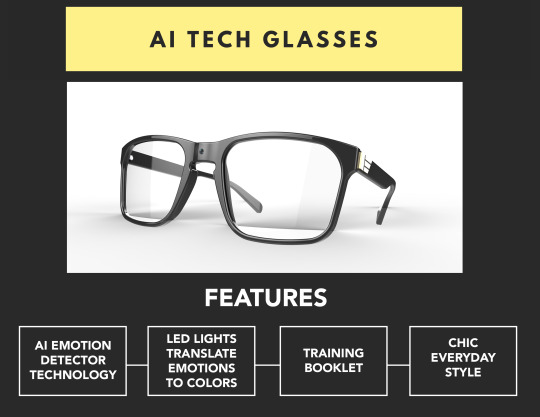
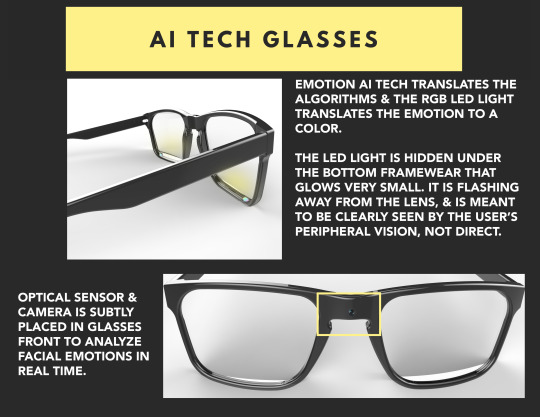
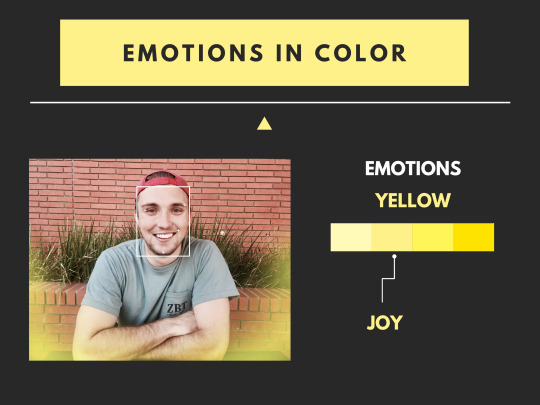
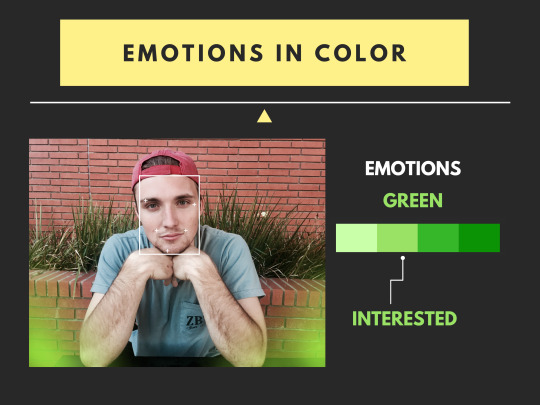
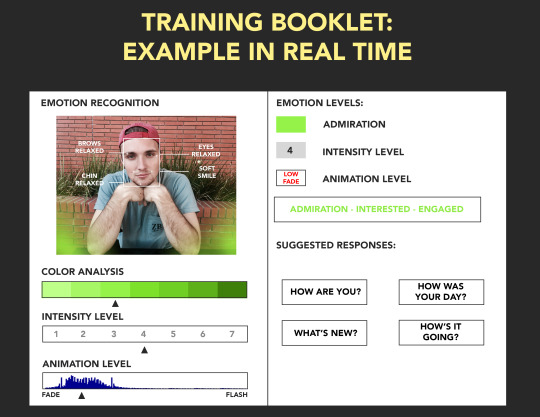
Have you ever had an awkward misunderstanding where you were talking to someone and you didn’t realize they were flirting with you? Or you were having a conversation with someone and they made you feel uncomfortable...and they didn’t KNOW they were making you uncomfortable? We’ve all been there. Funny enough, we could just call that a mild case of not understanding social cues. However, other people with this similar problem are diagnosed with Asperger’s Syndrome. Unfortunately to the rest of society, having this mild case of not understanding basic social cues, you would be categorized as “disabled”. This was the realization I had in this project and that is: You do not need to have a disability, to not understand social cues. This product was originally intended to help people with Asperger’s Syndrome. But as I found, it could be for just any to help better their skills in social interactions. I present to you the AI Tech Glasses.
AI Tech Glasses is a smart wearable tech that incorporates AI Emotion detector technology and RGB LEDs to translate data to the user. What the AI Tech Glasses does is once the user is talking to someone, it scans their face in real time, and using fits Emotion Detector Technology, it does facial mapping to map out landmarks on one’s face, (raised brows, smile) and technology algorithms send the information and it is translated to the LED light. For each emotion is a different color. For example, a bright yellow color would translate to being very happy or joyful. The glasses come with a training booklet for the user. It explains the three different channels such as color, intensity, and animation, and that is how an emotion is determined. Once it’s determined, the booklet gives them suggested responses on what they should say, once they associate color with an emotion. For example, if the user is speaking to someone and it turns a lime green with a low fade animation, the emotion would be translated to being very interested or engaged. So now the user associates that color and animation with being engaged. And can read off the suggested responses on things to say when they see that color, such as “What’s new?” or “How was your day?”. So the next time you find yourself having trouble understanding social cues....my answer to that is “Don’t”. Buy these AI Tech Glasses today...cause they’ll read the emotions for you.
Nikki Escobar
0 notes
Photo
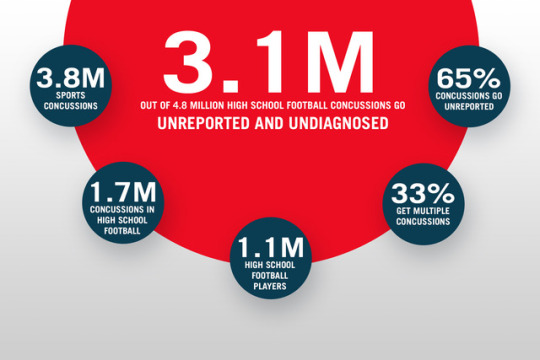
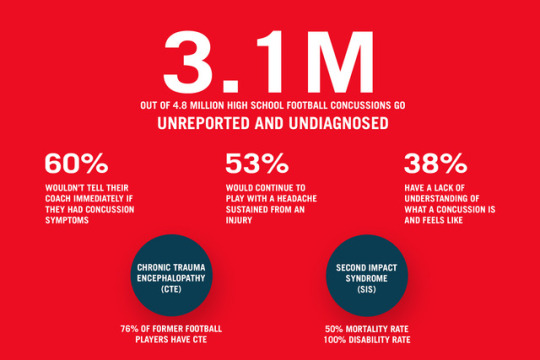
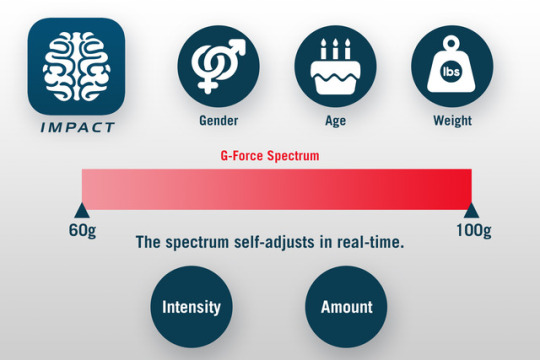
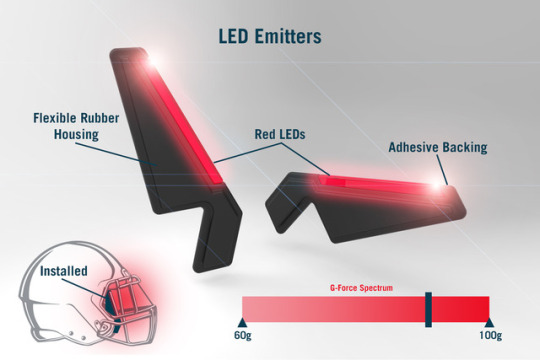
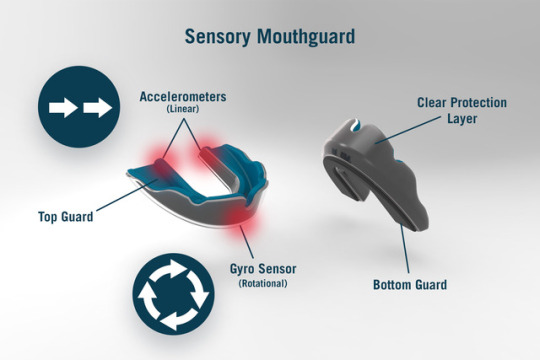
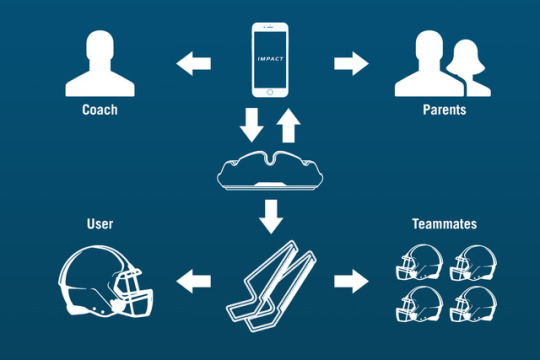
High school football has the biggest number of sports-related concussions in the nation. Out of the reported statistics, high school football makes up almost 50% of the concussions at 1.7 million per year. However, it is projected that 65% of high school football concussions are unreported and undiagnosed, bringing the yearly number up to 4.8 million concussions per year. Why aren’t the athletes reporting this data? It’s because they simply don’t understand concussions or they want to keep playing despite how dangerous it is.
My solution for this is an Integrated Monitor for Player Awareness on Cerebral Trauma or IMPACT for short.
IMPACT is a system comprising of a cloud database app, a sensory mouthguard, and set of LED attachments for the helmet visor. The database is the driving force behind this project - it gives each athlete their own unique threshold spectrum that dictates how much impact is enough for them. This spectrum is always fluctuating because it will self-adjust itself real time with each hit the athlete takes accordingly. The impact is detected through an accelerometer and gyro sensor equipped mouthguard that measure in g-force, the unit of measurement in which the spectrum is based off of. As each registered impact is detected within the spectrum, the red LED attachments that simply adhere onto the inside of the visor will light up and momentarily visually display the damage the athlete has taken. The brightness of the LEDs correspond to how hard the impact was. If a hit is big enough to cause a concussion, the LEDs will light up at the highest setting and stay on until the player has been properly diagnosed. The LEDs are designed to target the athlete’s sensitivity to light, a common symptom of concussions. Besides having the athlete being self-aware of the damage he/she is taking, the teammates are also aware of it because the damage is visually represented. In addition to that, the database app also displays the impacts taken. This means that the coaching staff as well as the athlete’s parents can monitor the athlete as well.
The brains of these young athletes are still developing and need to be protected properly. IMPACT aims to to keep them protected and prevent any further damage that may lead to life-threatening conditions. We want not only the athlete to be self-aware, but his/her teammates, coaching staff, and parents so that there are more parties involved when it comes to taking the athlete out for proper diagnosis. IMPACT is made to save lives long term.
Thank you,
Emerson Delacruz
0 notes
Photo
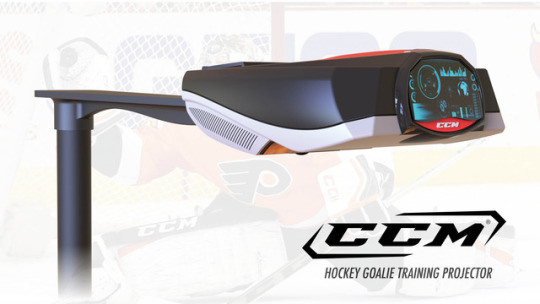
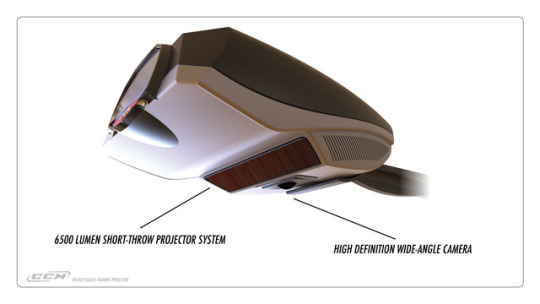
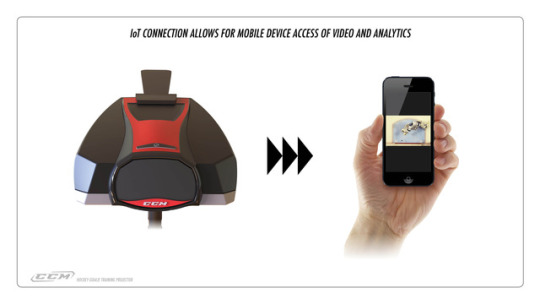
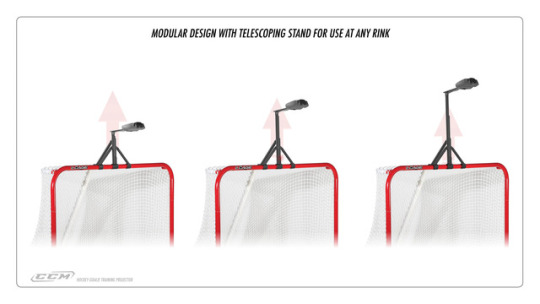
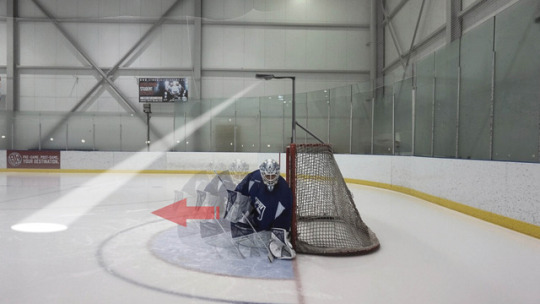
youtube
The result of a hockey game, whether it be a triumphant win or a devastating loss, is usually attributed to performance of one player; the goalie. In order to play such a demanding athletic position, one must master a series of mental and physical skills. And how does one develop these skills you might ask? With the three P’s of Goaltending: Practice, Practice, and Practice. Traditionally a goalie would practice several ways; They’ll hire a goaltending coach to analyze their position in personal meetings, they would take shots in practice or in a game, or they would stand in the crease alone and practice drills. However, a goaltending coach is not always readily available, practicing goaltending by way of in-game experience can be a quick way to bench warming, and practicing by yourself can be, well, just plain boring. Those traditional methods of goaltending practice have sufficed up until this point, but a breakthrough has happened which will change hockey goaltender training forever; The Hockey Goalie Training Projector. The Hockey Goalie Training Projector from CCM will allow goalies to set-up and run through drills by themselves to increase muscle memory for improved fundamentals, and boost skating abilities. The short-throw projector uses a 6500-lumen bulb to project onto the ice and give the player a series of scenario drills. The projector also has a wide-angle camera embedded in the bottom to provide analytics of speed and positioning, and also allows for post-practice session review via IoT connection. A collapsible stand system allows the goalie to bring this modular tool to any rink, and mount atop the goal quickly and easily. While nothing teaches a goalie to stop pucks better than playing a live hockey game, this system will build better athletes by providing a unique way to practice their skill before or between live gameplay.
Chris Sagui
0 notes
Photo
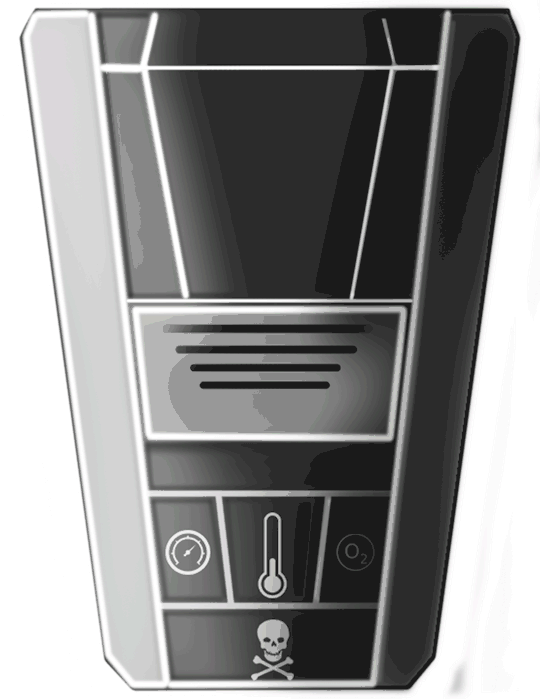
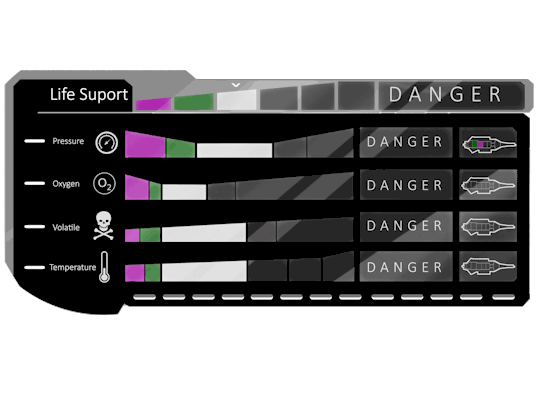

THE FUTURE OF ALERT SYSTEMS
The goal I took for this project was to help future space traveling which are astronauts and the farther future of what could space travel become. This position is more of a set up the system requirements for the future rather than create a model. Why did I feel this was necessary? Well because there has been a lot of good and bad in the space programs worldwide. With more and more countries starting to participate there is a need for people to have a universal standard made and indicated so that there can be a clear understanding of what is happening real time in what is the most hostile environment known to mankind.
Two parts that would need to be considered are colors, and symbols. Since space exploration is just starting to find its appeal as a larger possibility of travel. That being so there is the possibility that people cannot all perceive the data in our current standards in a meaning full way. I am referring to people that actually could be born on a colony; they could be born color blind. They can’t see red, yellow, green or blue the same way we do. Nor should they be expected to in a crisis situation. So to aid in that possibility I focused on colors they can differentiate, rather than just see. I came up with the colors fuchsia and green. They are opposites and for every type of colorblind condition that exists all can differentiate these two. The other part is that I happen to be dyslexic (which thanks to auto correct its spelled right) so I have a hard time understanding words, and when there is pressure like in a crisis it is near impossible to read period. I the main reason for this is that I actually don’t think in a linear sentence base, but pictures. For many other types of people usually found to have a disability that is linked to artistic abilities also rely on pictures. Words can convey the meaning, but the meaning or understanding is not as universal. By pairing a well crafted symbol with the word that it means much like a street sign telling us “prepare to stop” would. For semantics and universal data if the symbol was the standard the words could change languages but still be understood. In a way they addition of symbols then create a system that transcends the barrier languages create. If there was ever a reason for getting past there barriers it would be to save lives by giving ease of access of knowledge.
Primary system would be for this part of the design I focused of how it would tell you something was wrong and where to look. It would have a light that would flash for the danger of the solution; by mounting these on a diagonal axis across a compartment the whole space would be flooded with the color while using the smallest amount of materials and power. Next it would have a sound that alerted you to the severity of the problem, the sound could change for the severity level. A light indication of the problem under the main light would match the readout, by pressing the button on which the indicated problem would start the computer to call out the problem. An example would be it calling out “decompression warning pressure is decreasing by 15% in chamber A”. Though it would be nice to be able to push the button, it really isn’t necessary. Instead when variables start to change it would be better to have an alert sound, beep beep beep then a voice that calls out the problem, and then repeat. The secondary part which you could reference would be a readout which you have access to. It consists of a defused LED panel array that would tell you the severity by the shapes of the indicators, and colors in which they would light up as. Next I made a light indicator that shows the problems location. It still didn’t alert the person to the data. I quickly realized that regardless of this knowledge and how it could be shown, it wouldn’t be read until it told you it needed to be read.
#design #space #future #TimEnslow #331A #enviornmnetalcontrols #spacexinspired
0 notes
Photo
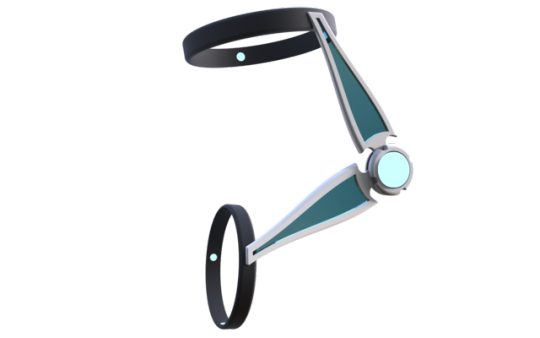
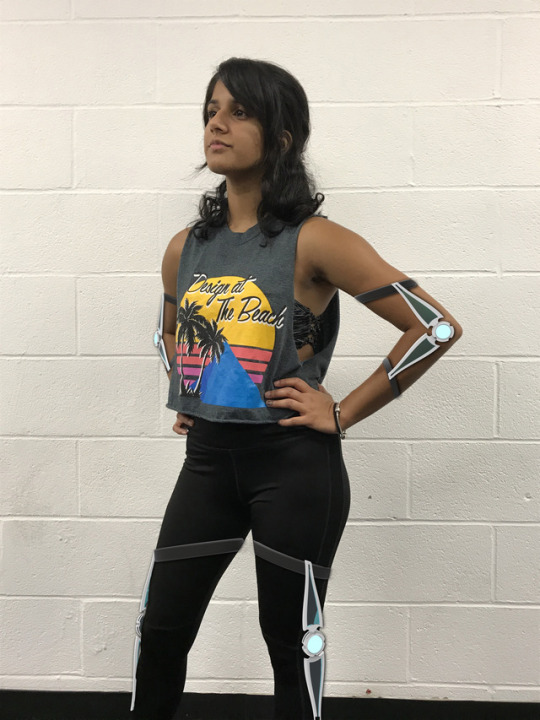
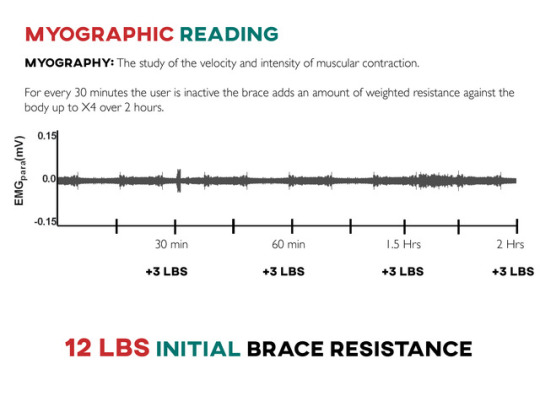
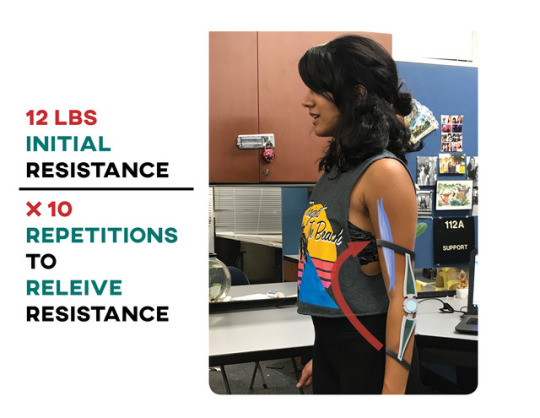
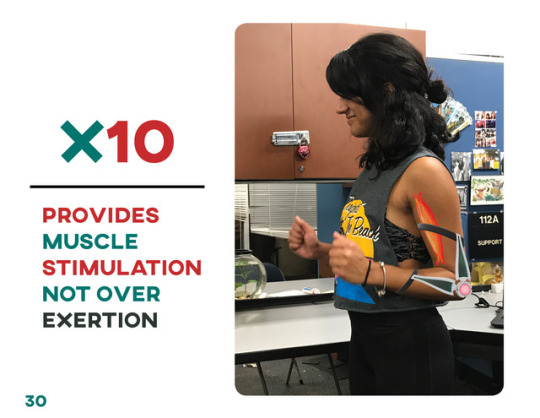

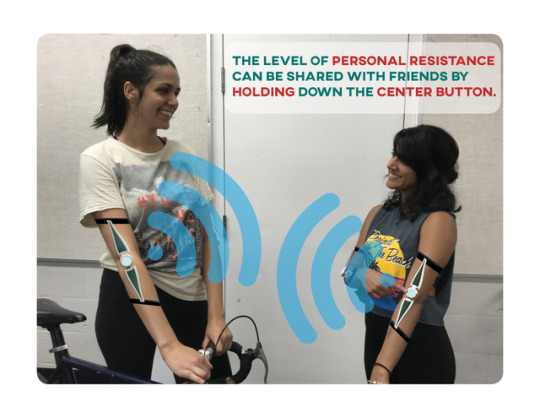
The Exercise Machine Brace, EM-Brace for short sets out to solve the problem of sedentary habit in the work place. The original goal of the project was to develop an wearable that helps users exercise at the gym, but research quickly showed that people already at the gym aren’t the ones that need help developing healthy exercise habits. The frame of the project was then shifted to providing a product that helped user maintain healthy levels of exertion while at their place of study or work. Myographic (muscle current) sensors in the bands of the brace read the user’s muscle activity throughout the day. It then sends that information to a microprocessor that tells an electronic brake to apply more or less pressure to the arms of the brace. This creates higher or lower resistance for the user. For every 30 minutes the brace measures user inactivity it applies greater intervals of the weight. These intervals are predetermined by the user when they first put the product on. The resistance recorded on one device can also be sent to another allowing to users to do the same exercises at once. The EM-Brace to does not aim to replace user’s preferred method of exercising but rather help them maintain healthy levels of activity while in place like the office or the classroom where hours are now being spent in at a desk in sedentary positions.
Roman Wiant
0 notes
Photo
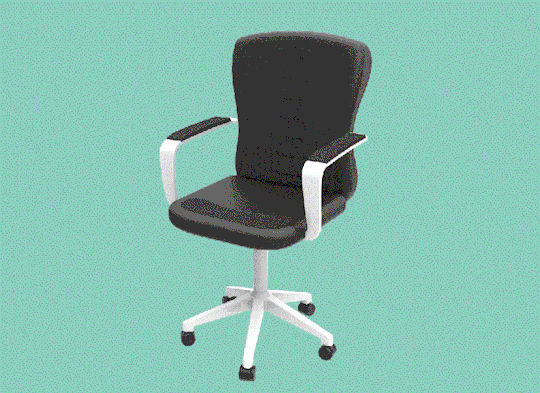
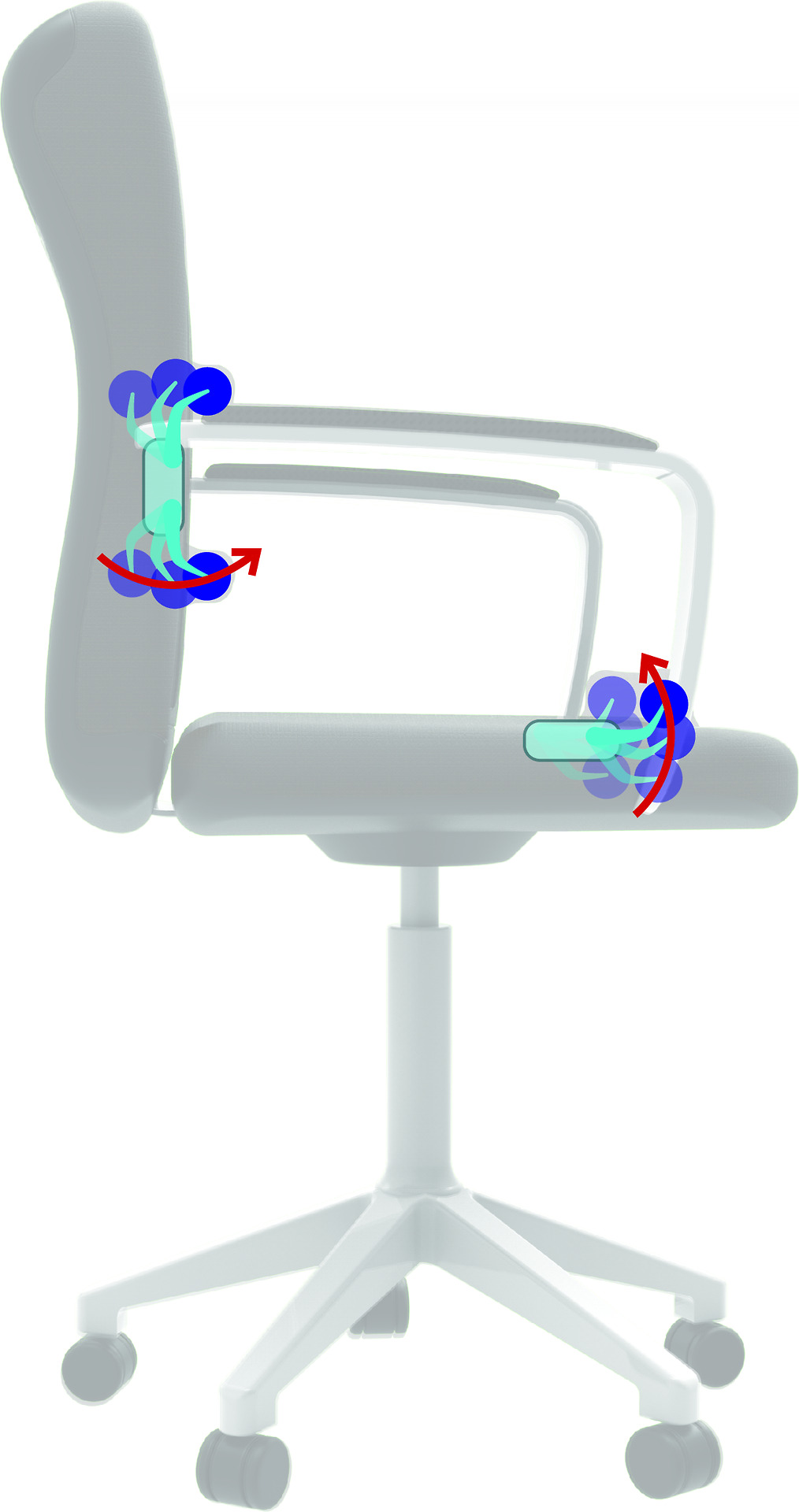
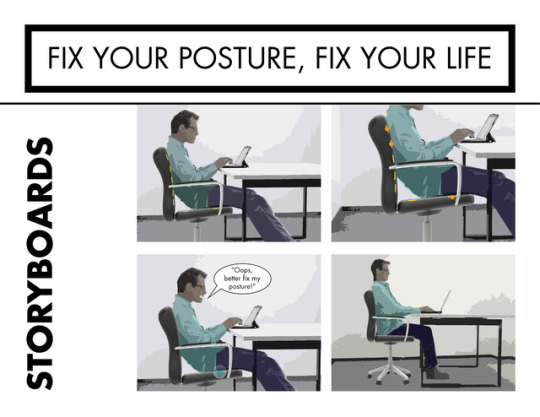
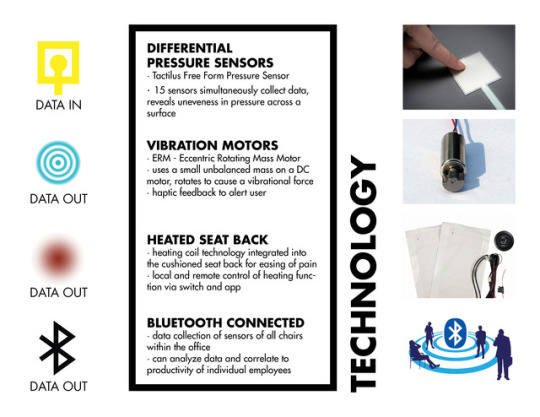
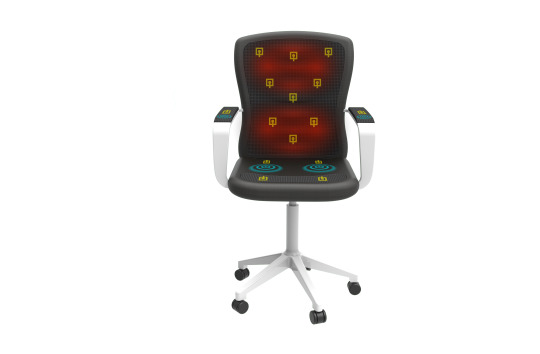
“Sitting is the new SMOKING.” – Dr. James Levine of The Mayo Clinic
There is a problem with humans being sedentary for extended periods of time within their workspace – whether it is for work, school, or leisure. As it turns out, a sedentary lifestyle heavily contributed to premature death. Specifically, increasing risk for cardiovascular disease, obesity, type 2 diabetes, high cholesterol, high blood pressure, depression, poor posture, herniated lumbar disk, osteoporosis, and fatigue. Humans often spend 4+ hours sitting in their chair, and spend 13 hours sitting per day on average. As a student who is guilty of this herself, I set out to find solutions that could fix this problem. After realizing that designing a portable or moving workspace would be cumbersome, I went the route of thinking about how I could incorporate data into the workspace that already exists.
Relaying information in a physical manner could far surpass the almost forgettable notifications from a alarm or FitBit that remind you to get your walk or steps in for the day. Imaging a chair that pushes you out once an hour, that forces you to go for a walk or take a moment to stretch many times throughout the day. That chair is Stoten – the newest in workplace gadgets, but one that fits seamlessly into the environment. Styled like a traditional office chair, but packed with technology, Stoten is changing the game. Packed with pressure sensors, haptic feedback in the form of vibration, and a heating pad for those extra hard days, Stoten will keep you updated on when it is time to take a break for a walk, or when your posture is so absurd that you are really doing a disservice to your body.
The Stoten chair utilizes tapping massage chair technology to provide discomfort to the user to physically push them out of the seat once they have been notified to exit for their walk each hour. Stoten makes immediate and impossible to ignore the urgent information that one must interrupt their sedentary lifestyle if they wish to lessen their health risks. This chair solves the problem of getting information to a user within an extremely data-saturated environment.
0 notes
Text
SmartPAK
“We don’t want to pack air; it's expensive and heavy”

SMARKPAK is a system designed for the delivery truck and courier industry. The industry currently uses advanced automated technology to streamline packages through the hubs to the trucks. The trucks are then loaded by a person.
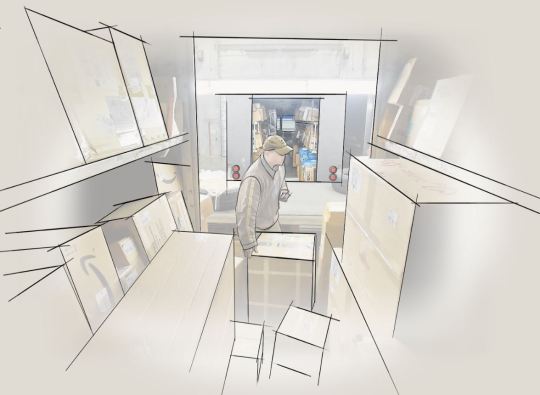
This solution attempts to further speed the industry by shaving time off the loading process.

Automation is already in the works, and increasingly so. This solution attempts to transition the process between now and the future.
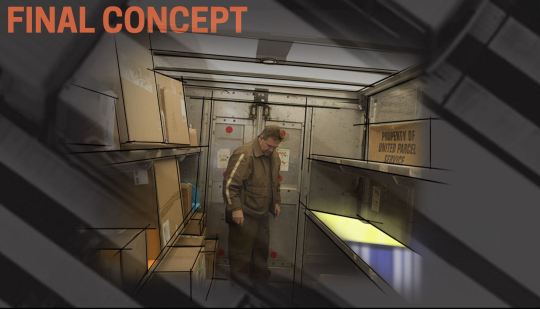
This conceptual solution uses RGB light-table technology combined with a database of package information to program the lights to simulate a Tetris-like loading technique.
0 notes
Text
The Best AI Personal Trainer
"I hate sweating."
"I don't have time."
"It's too overwhelming."
.......
NO MORE EXCUSES.
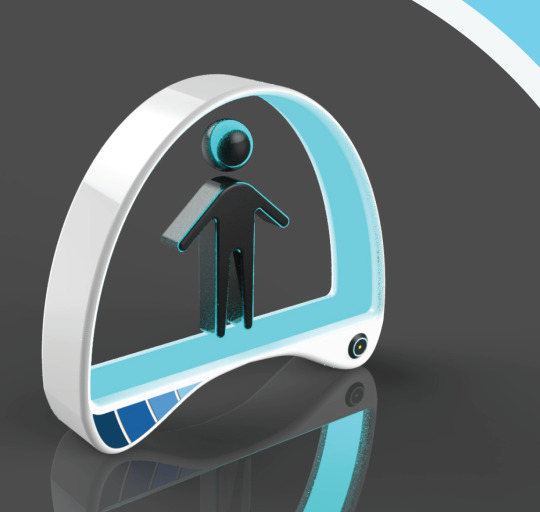
ORLI is designed to target all these constraints, through offering short time activities, and to motivate the user to get started on developing and maintaining a healthy lifestyle. ORLI is the world's first AI Tech personal trainer, that utilizes the machine learning feature to read user emotion, and motivates user through real-time conversation. It reminds the user every 30-60 minutes to get up and exercise, provides the activity options, and talks user into doing the activities.
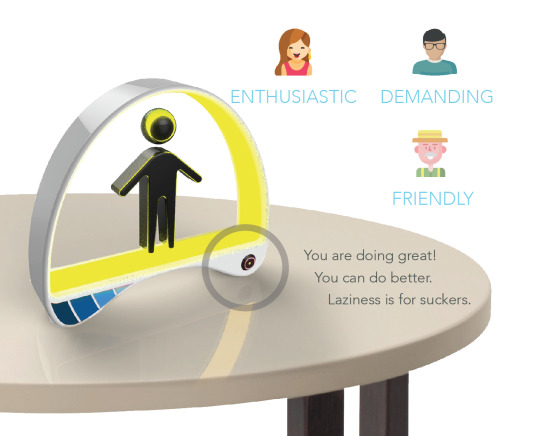
With the machine learning feature, it learns and adapts to user behaviors, and speaks the right message using the right tone. We offer selections in the passionate trainer, the demanding trainer, and the friendly trainer. Whichever you need, they are all here to help. The conversation helps to enhance a connection between the user and tech machine.
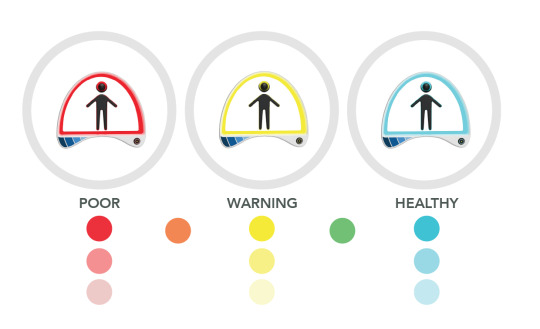
ORLI changes color after a long period of inactivity. Red being the danger zone, yellow the warning/recording zone, and blue the healthy zone. The avatar display in the center will show the user the suggested activity. Each activity will last about 5 minutes, which makes it seem easy and fast to complete. When ready, all the user needs to do is to put ORLI on a flat surface, and let the camera recognize and capture the movement. In circumstances that the suggestive activity cannot be complete given environmental constraints, the user gets 3 chances to change the activity by simply shaking the device.
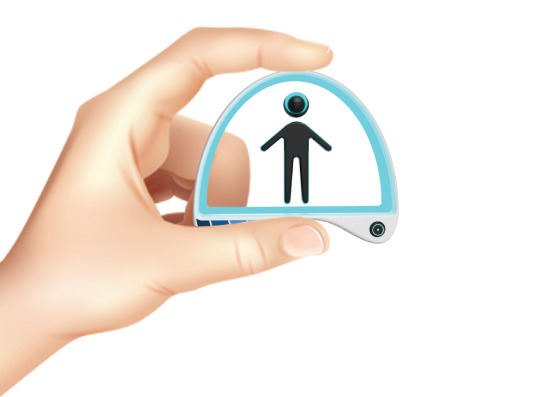
ORLI clears the excuses by segmenting activity into short time tasks, being an affordable one time purchase, flexible to various environment, giving instant feedback, and providing new activities. ORLI is not only a pocket size personal trainer, but also a friend that understands and appeals to user emotion.
0 notes
Text
What is SVAS?
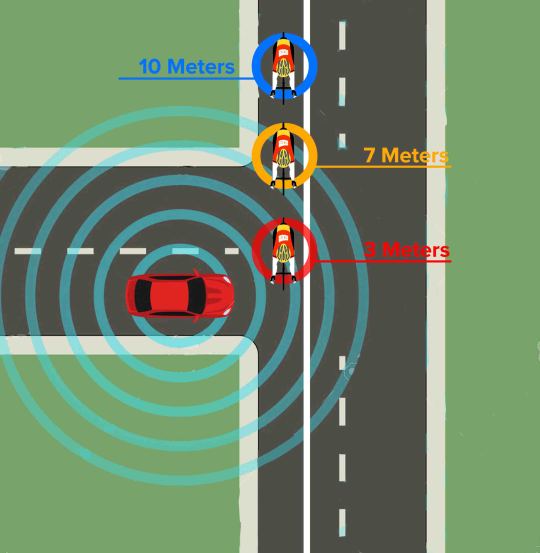
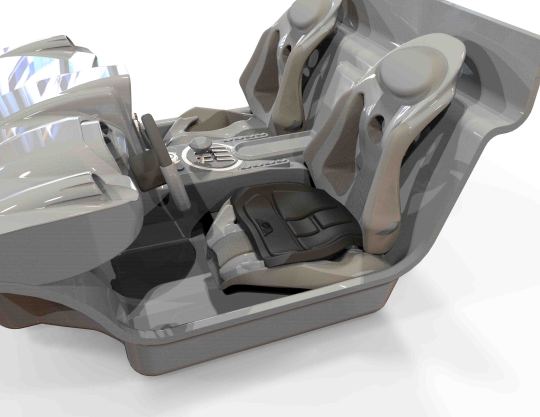
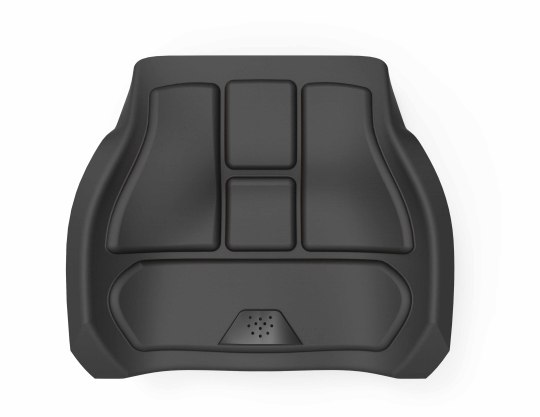
SVAS (Seat Vibration Alert System) is a seat cushion that alerts drivers when a cyclist is nearby via vibrations. Using GPS to find cyclists who have installed the app on there phones, drivers will be more mindful of cyclists while driving in an urban area where cyclists are known to weave into the road without a notice. The device itself initially alerts the driver when a cyclist gets within range, which is at 10 meters. It also has different active intensities that are dependent on how close the cyclist is relative to the driver. For example, as a cyclist reaches 7 meters, the vibrations would be much more intense compared to when a cyclist is at 10 meters.
Value
SVAS generates a safer environment for both urban cyclists and drivers by allowing them to see each other effortlessly. As more people see the benefits of SVAS, more people will feel confident enough to take up cycling to commute.
0 notes
Text
One Size Doesn’t Fit All


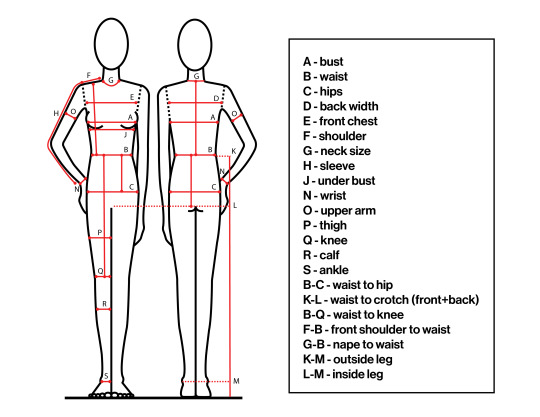
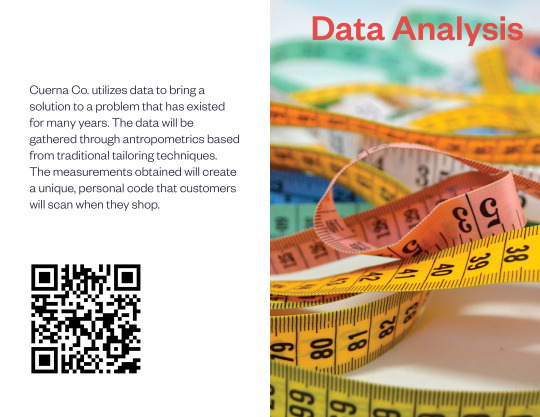
vimeo
The current sizing system in the fashion industry is not very efficient at catering the billions of different body types that exist in the world. People have to rely on the limited amount of clothes sizes when they go shopping, and is an even bigger nightmare when it comes to online shopping.
The truth is, the only way your clothes will fit the way you want them to, is if you have them tailored. While only the most privileged can afford to have a bespoke suit or gown, there is an emerging trend that will completely shift the way we shop for clothes in the future: mass customization. Mass customization is defined as the ability to prepare on a mass basis individually designed products and communications to meet each customer’s requirements. They are made to order garments.
Cuerna Co. is the clothing line that will redefine the fashion industry by having made to order apparel that will fit perfectly every single time. The way it works is by using customers’ anthropometric measurements based from traditional tailoring techniques. The customer will have the choice to take their measurements at home, or request a tailoring appointment in store. Either way, their data will create a unique code that will stay become their “size” anytime they shop at Cuerna Co. The customer, besides having a tailored garment, will also have the option to customize it to best fit their personality and what they are looking for. Our goal is to make the customers feel confident in their bodies and get them excited to shop for clothes once again.
0 notes
Text
Striker - Integrated Fish Finder
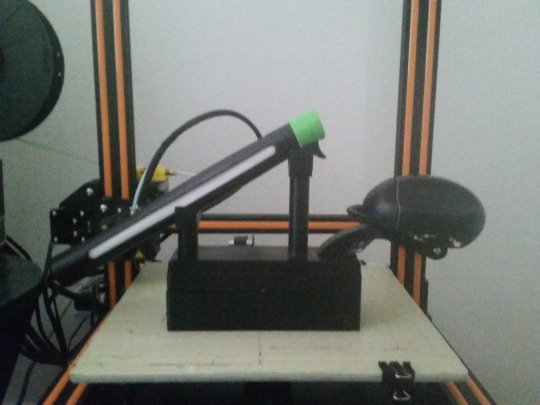
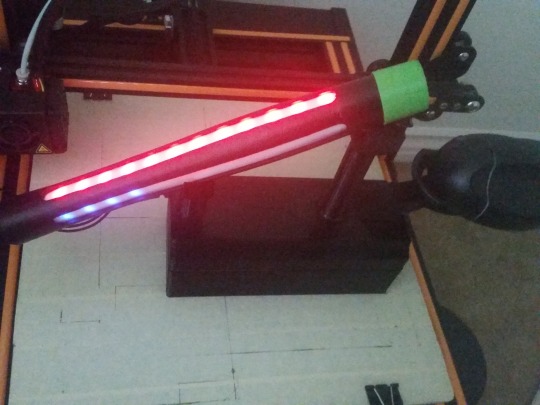

WHAT IS STRIKER?: The Striker integrated fish finder is a screenless fish finder which uses discretely placed lights around the fishing rod. Giving information to the user through color coated signals as well as communicating urgency when needed. This device also collects, stores, and shares data in the background with little extra interaction. Fishing route, fish activity, and environmental conditions are all recorded automatically when connected to a smart device. There is also the option to manually share this information as well as log your catch rate and lure usage. Information would be shareable to other online communities such as facebook, twitter and instagram.
ROOM FOR IMPROVEMENT: ROD INTERFACE: The interface can be improved by creating a more accurate layout to map the location of fish as well as the ground level in the water. I believe an array of lights that covers the entire top side of the rod handle would create more opporunities for accurate indicators. I also think the depth of the ground floor could be indicated more accurately with a line rather than dots that could be communicated through the array. I also think that different indicators signal the speed, size and depth of the fish more accurately would prove beneficial.
NETWORK: I also think that a separate community for a product such as this would be beneficial so there is a set place this type of information to live. Currently there are fishing forums and message boards, but a more streamlined website or app that could display this information would prove very useful. This information can also be gathered and be mapped together to create huge of network of fish activity and environmental information for certain bodies of water that anglers all over the world could access.
0 notes
Text
COLLUM - A first response wearable product that links the Parent to the Infant.
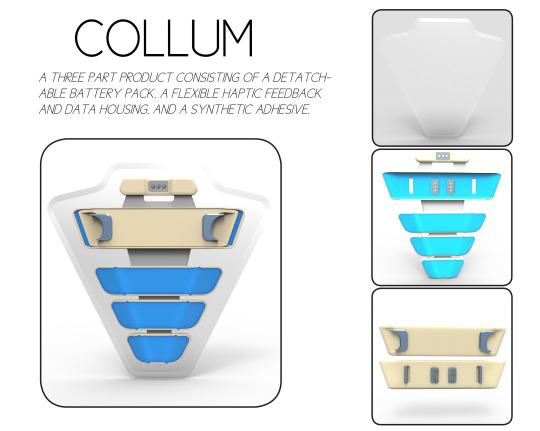
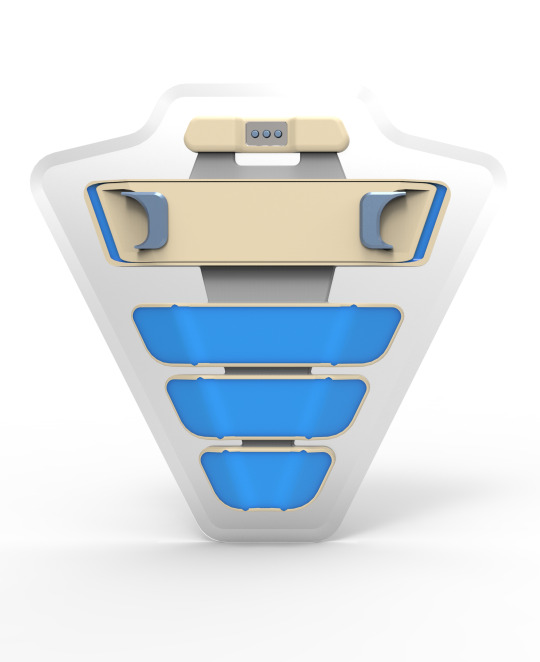
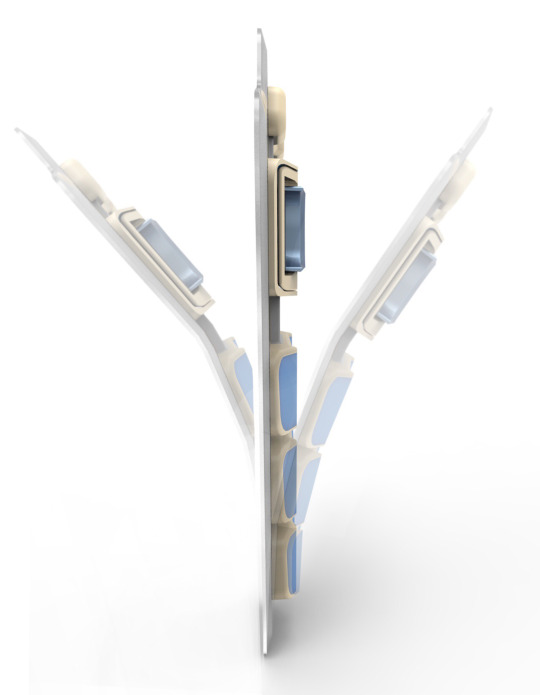
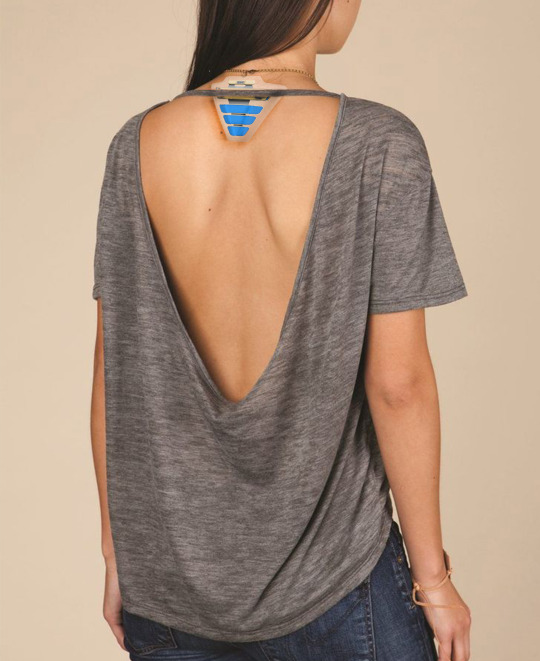
COLLUM is a wearable device that conforms to the upper middle back of the parent, just below the nape of the neck. Playing off of the natural occurrence of Frisson, the purpose of the Collum is to act as a first response indicator for the parent in order to act quickly in case of a crucial incident with the infant. Through the implementation of various feedback loops , which will be played using the haptic sensors on the product into the spine of the user, the parent will be able to directly feel the emotion and physical status of the infant without being directly with them.
With the placement of the product on the user, and the technology that it encompases, COLLUM is not just a product that links infant to parent, but rather a product that links to beings together. If applied correctly, Collum can bridge the connection of multiple beings, allowing the interpersonal sharing of ones emotion and physical state. Aligning with its placement as well, COLLUM embraces cybernetic interconnectivity. It is a bold product that welcomes future technological appearances on the body, it accepts the intertwine of technology and physical being.
Above all, COLLUM allows the body respond to the First Response.
0 notes
Text
EPSA, the newest in snow-sports technology. A new take on safety and experience on the slopes. Skiers and Snowboarders all know the difficulty and risk of not watching their blind-spot, as collisions occur all the time due to the notorious reckless snowboarder, or otherwise inexperienced slope goer.
This concept helmet notifies the wearer of skiers and snowboarders who get dangerously close to them. By embedding vibrating motors for haptic feedback and an LED strip for notifying others, EPSA creates an area of spatial awareness for all people on the slope.
A LIDAR sensor will map the slope where the peripheral vision of the user is limited or nonexistent. This technology has existed since the 1970s and is present in contemporary automotive blindspot systems and autonomous driving. Identifying a skier versus a tree or wall will be no problem with modern computing.
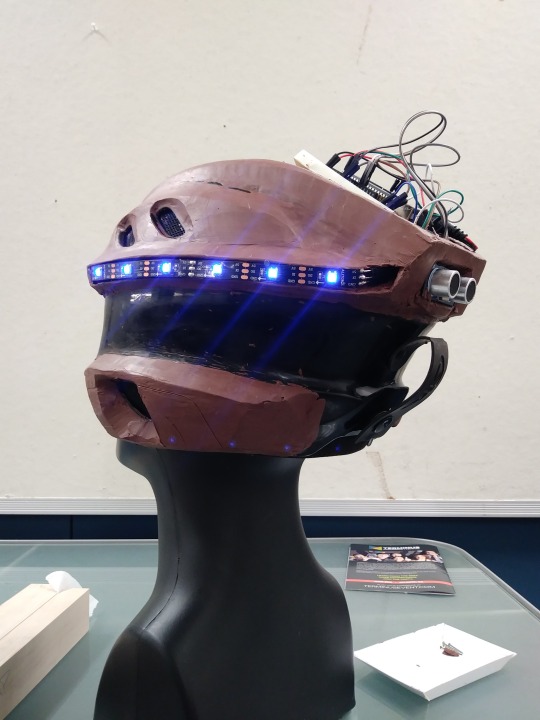
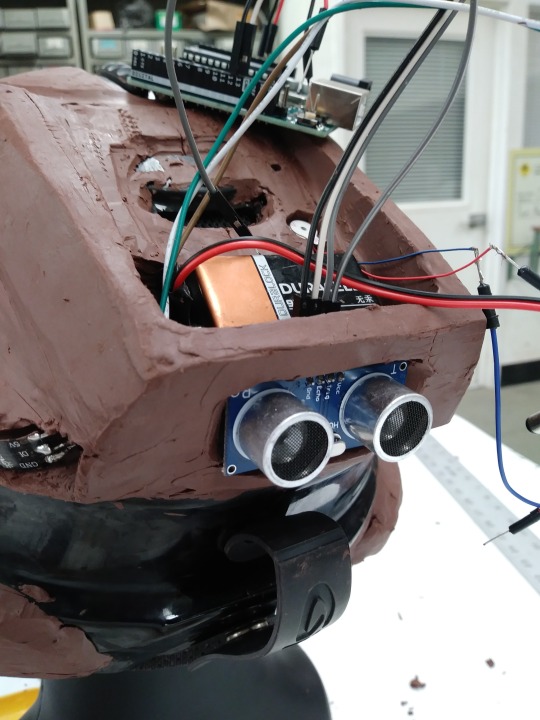

0 notes
Text
AWRNS- an olfactory messaging device
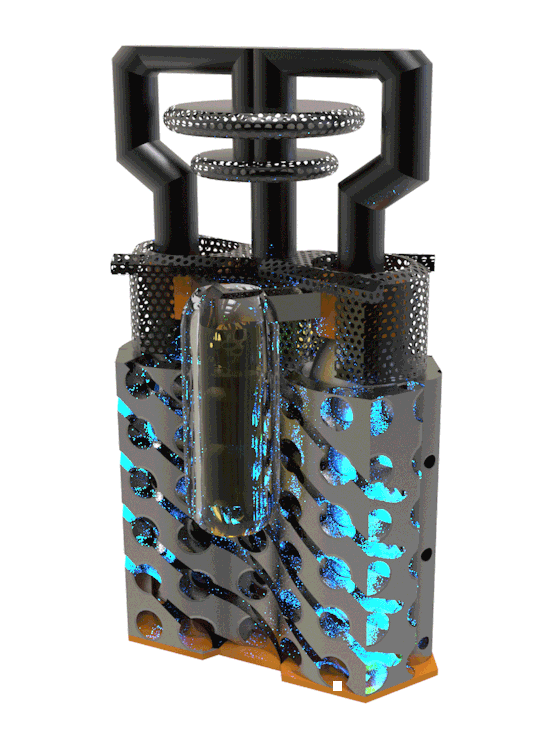
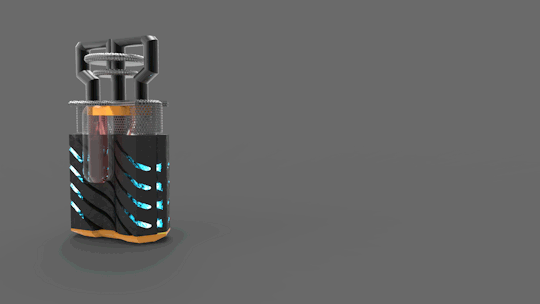
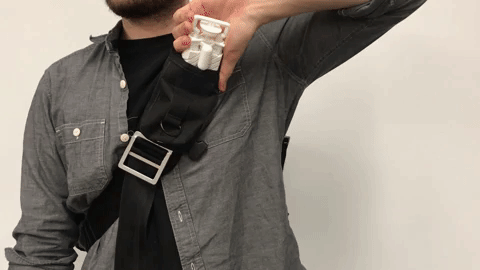
vimeo
AWRNS is a device of discrete scent-based messaging. Using GPS as its connected technology, it can notify a user of an upcoming area of interest based on the user’s specified message preferences, be it a DUI checkpoint, a well-documented area of unlawful police enforcement, a stand your ground county, an area of interest, where a group is rallying. whether you are an advocate for the rights of an undocumented citizen or you love gun rights, this device is about maintaining your ability to be aware and make aware via scent that your rights are known, the AWRNS device will emit a fragrance to notify the stakeholders of their immediate area that there is noteworthy information to be had, and scent is the sneaky medium to deliver that message. Be sneaky, your rights don't need to yell, make them smell.
0 notes